Building your emergency supplies doesn’t have to break the bank. By being smart and resourceful, you can prepare for any scenario without spending a fortune. Here are 24 practical ways to cut costs while building your emergency supplies.
1. Buy in Bulk

Purchasing items like food, water, and medical supplies in bulk can save you money. Look for bulk deals at warehouse stores or online. This approach reduces the cost per unit and ensures you have plenty of essentials. Split bulk purchases with friends or family to save even more.
2. Use Coupons

Coupons can significantly lower the cost of your emergency supplies. Look for coupons in newspapers, online, or through store apps. Combining coupons with sales can lead to substantial savings. Sign up for store newsletters to receive exclusive coupons and deals.
3. Shop Sales
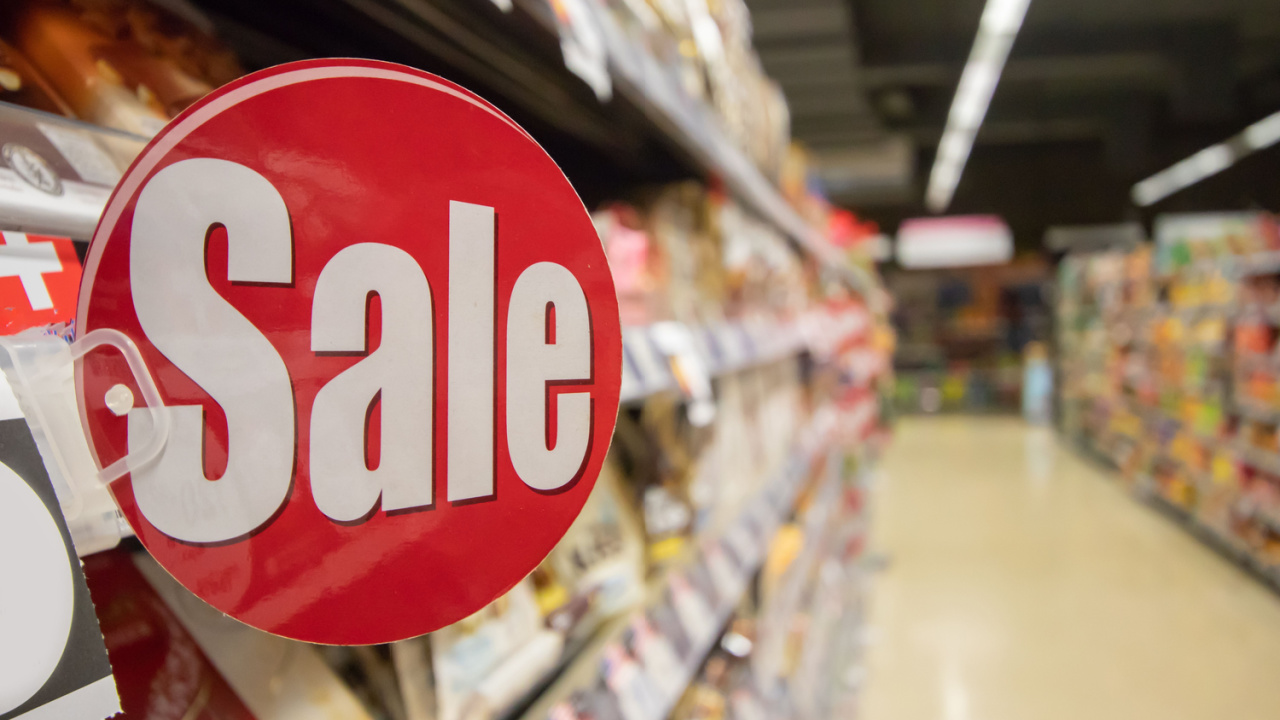
Take advantage of sales to stock up on emergency supplies. Keep an eye on weekly ads and seasonal sales. Planning your purchases around these sales can help you save a lot. Use price tracking apps to monitor when items go on sale.
4. DIY Supplies

Make some of your emergency supplies at home. For example, you can create your own first aid kit or water purification system. DIY projects can be cheaper and customized to your needs. Look for DIY tutorials online to guide you through the process.
5. Reuse and Repurpose

Look around your home for items that can be repurposed for emergency use. Old containers can store food or water, and worn-out clothes can be turned into rags. Being creative with what you have reduces the need to buy new items. Check online for ideas on how to repurpose common household items.
6. Buy Generic Brands
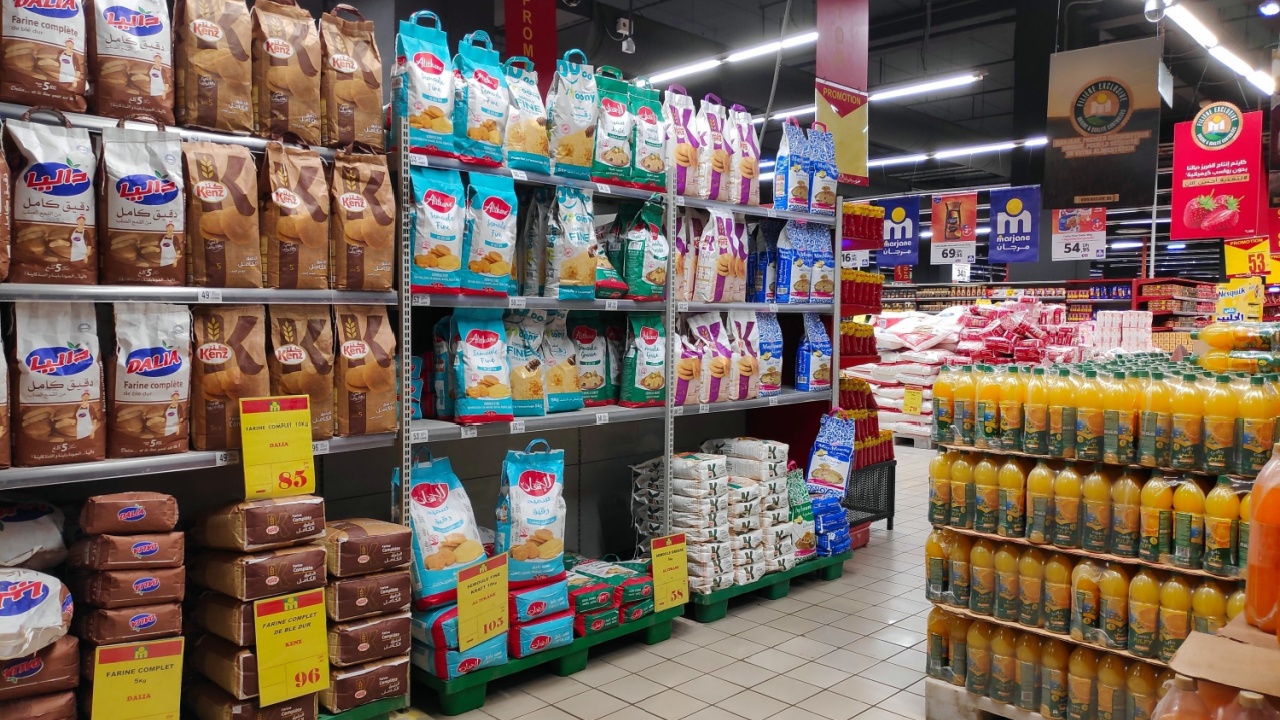
Generic or store brands are often cheaper than name brands and just as effective. Compare ingredients and reviews to ensure quality. This simple switch can save you a lot over time. Try different brands to find the best quality for the lowest price.
7. Use Free Resources

Take advantage of free resources like community workshops or online tutorials. These can teach you valuable skills like gardening, first aid, or DIY projects. Learning new skills can reduce your dependency on purchased supplies. Join online forums and groups to share tips and resources.
8. Grow Your Own Food

Starting a garden can provide you with fresh produce and cut down on grocery costs. Even a small garden can yield a significant amount of food. Plus, gardening is a valuable skill for self-sufficiency. Save seeds from your harvest to plant next season.
9. Join a Co-op
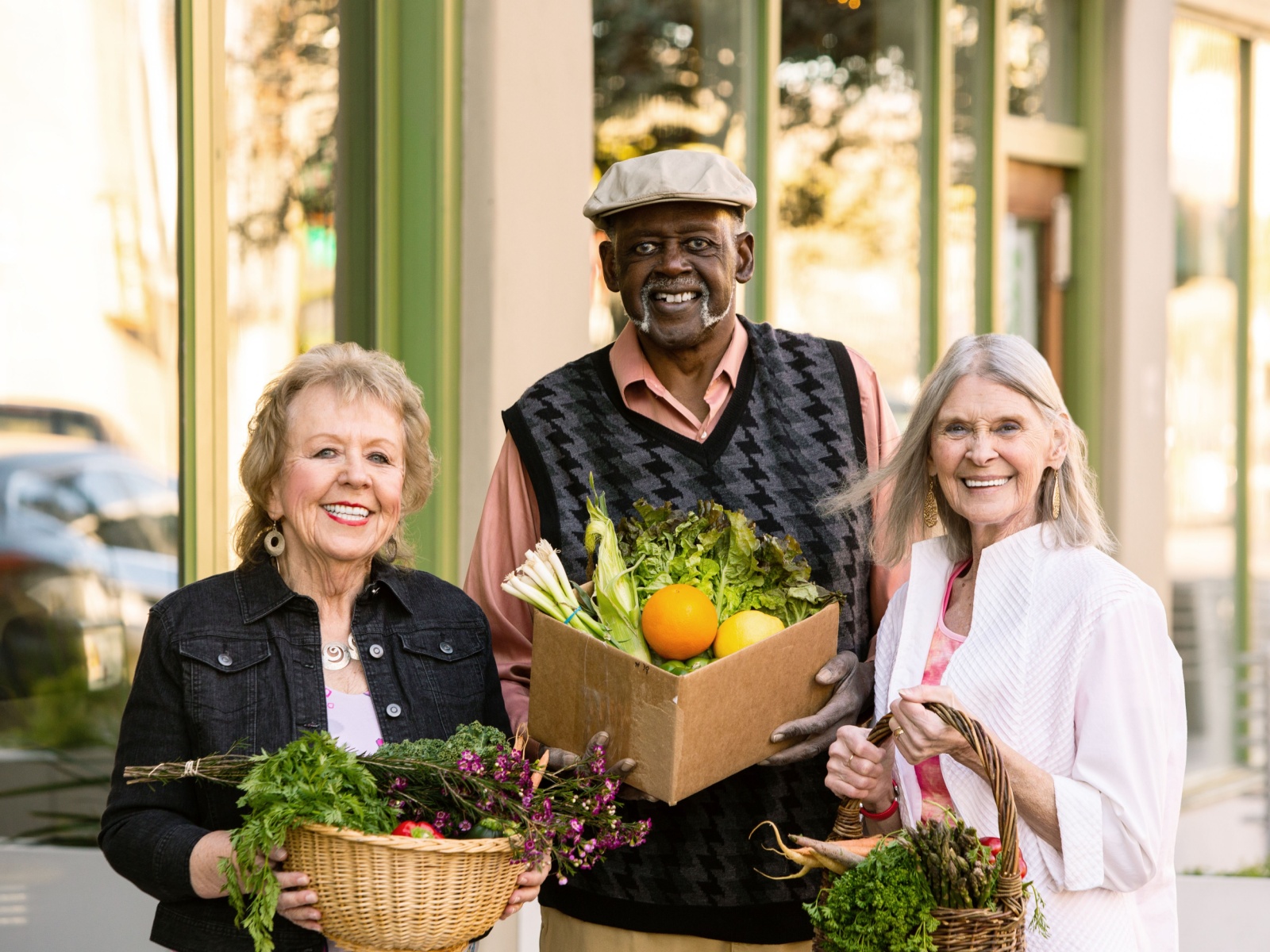
Food co-ops or buying clubs can offer lower prices on bulk items. Members often share the cost savings, making it more affordable. Joining a co-op can also connect you with a community of like-minded individuals. Attend co-op meetings to stay informed about the best deals.
10. Barter and Trade

Trade goods or services with friends and neighbors. Bartering can help you acquire needed supplies without spending money. This method also strengthens community bonds. Create a list of items or skills you can trade to facilitate exchanges.
11. Use Second-Hand Stores
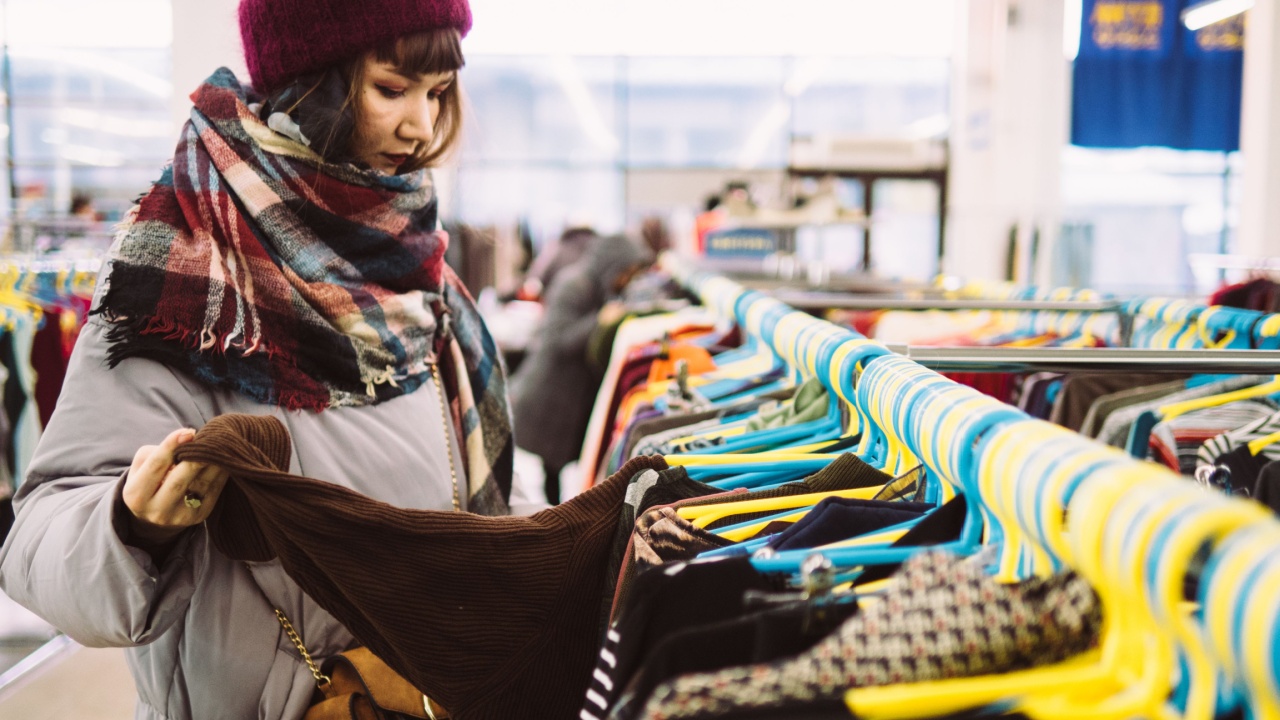
Thrift stores and garage sales can be treasure troves for emergency supplies. Look for items like blankets, tools, and camping gear. Second-hand items are often much cheaper than new ones. Regularly visit these stores to find the best deals.
12. Make a Budget
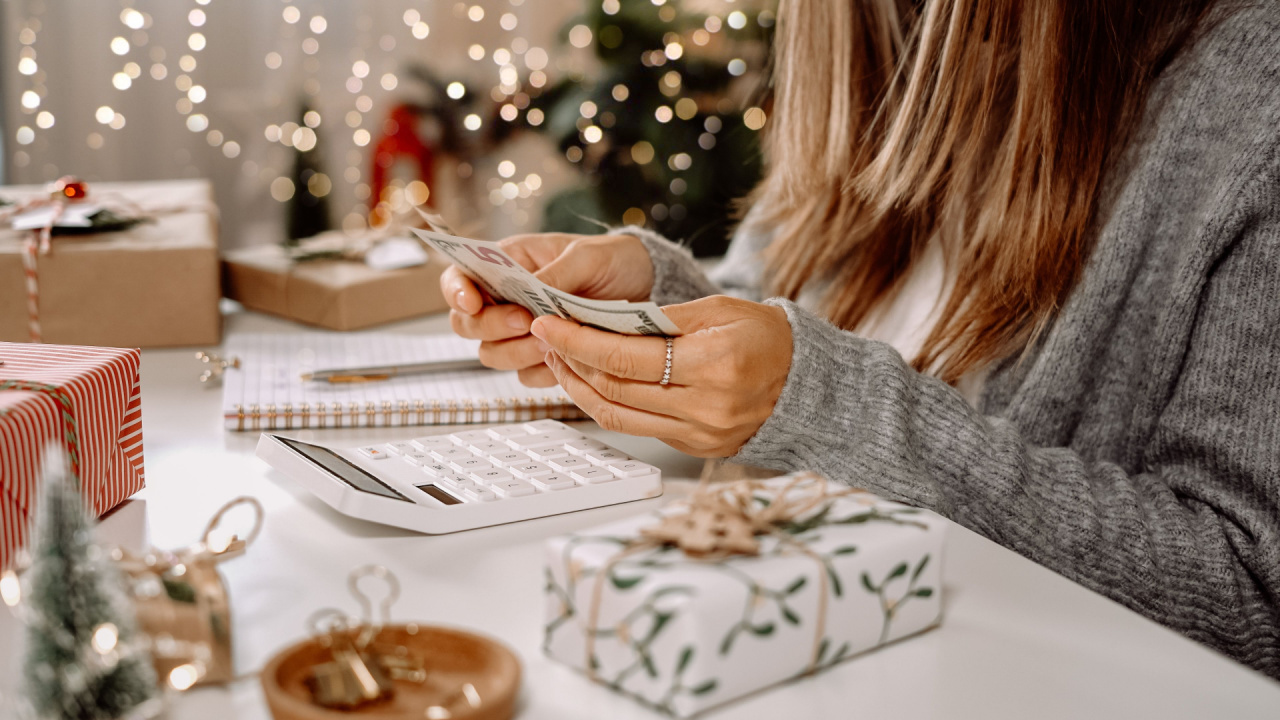
Set a budget for your emergency supplies and stick to it. Track your spending to avoid impulse purchases. A budget helps you prioritize essential items and manage your finances better. Review your budget regularly to adjust for any changes in your needs.
13. Buy Multi-Use Items
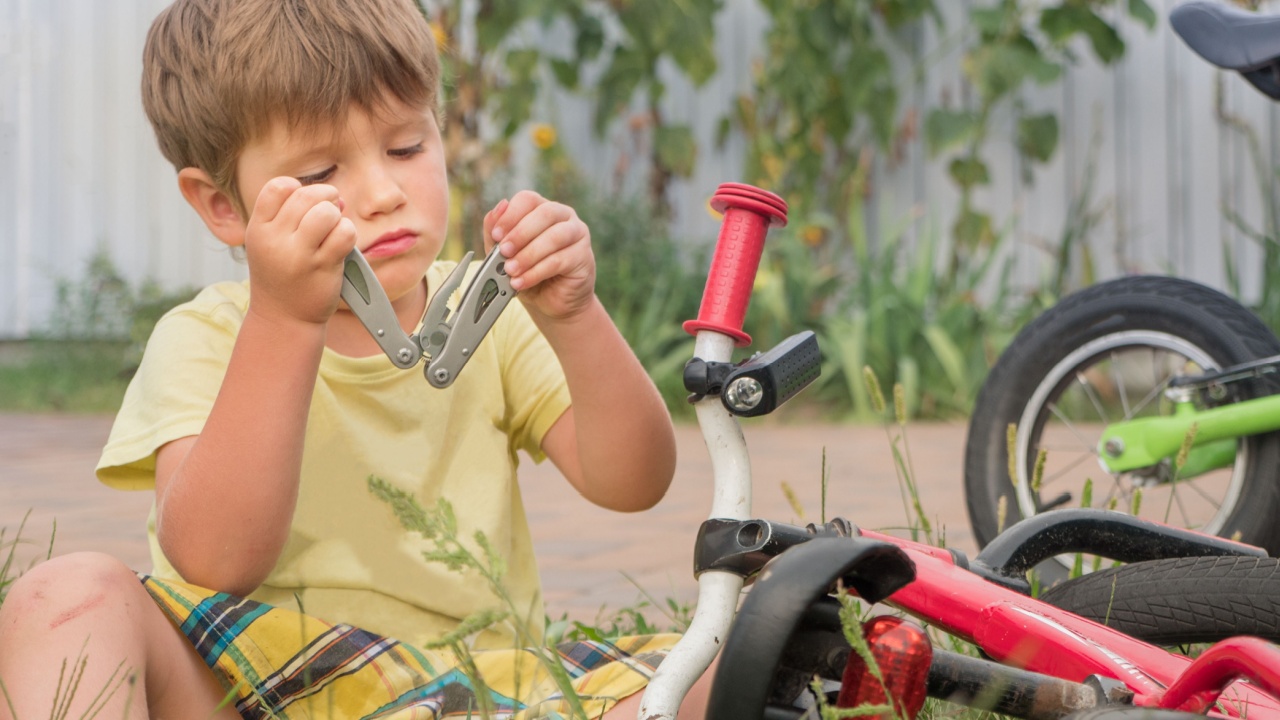
Choose items that serve multiple purposes. For example, a multi-tool can replace several single-use tools. Multi-use items save space and money. Look for versatile clothing that can be layered for different weather conditions.
14. Learn to Preserve Food
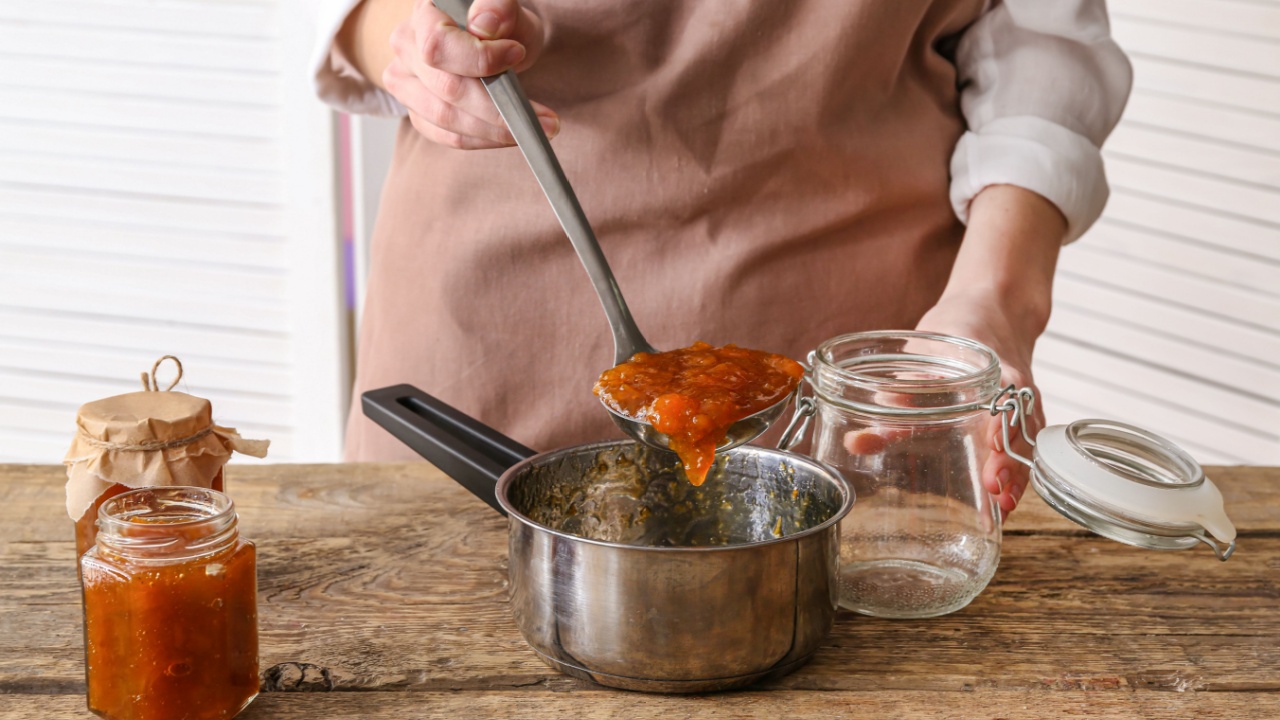
Preserving food through canning, drying, or fermenting can save you money. These methods extend the shelf life of your food and reduce waste. Learning food preservation is a valuable skill for any prepper. Invest in quality preservation equipment to ensure safety and efficiency.
15. Use Cashback Apps

Cashback apps can give you money back on your purchases. Apps like Ibotta or Rakuten offer rebates on groceries and other supplies. Over time, these small savings add up. Regularly check the apps for new offers and maximize your savings.
16. Plan Your Purchases

Make a list of needed supplies and plan your purchases. Avoid buying everything at once to spread out the cost. Planning helps you take advantage of sales and avoid unnecessary spending. Prioritize items based on urgency and importance.
17. Take Advantage of Free Samples

Many companies offer free samples of their products. Use these samples to test new items without spending money. Free samples can also supplement your emergency supplies. Sign up for sample programs and regularly check for new offers.
18. Buy Seasonal Items

Certain items are cheaper during specific seasons. For example, buy winter gear in the summer when prices are lower. Timing your purchases can lead to significant savings. Store seasonal items properly to ensure they last until needed.
19. Use Loyalty Programs

Join store loyalty programs to earn points or discounts. These programs often offer exclusive deals to members. Over time, loyalty rewards can reduce your overall costs. Use your loyalty points strategically to maximize benefits.
20. Share Costs with Friends

Pool resources with friends or family to buy in bulk. Sharing costs can make expensive items more affordable. This approach also allows you to split large quantities of supplies. Plan group purchases to ensure everyone gets what they need.
21. Repair Instead of Replace

Fix broken items instead of buying new ones. Simple repairs can extend the life of your supplies. Learning basic repair skills can save you money and reduce waste. Keep a toolkit and basic repair materials on hand.
22. Compare Prices

Shop around and compare prices before making a purchase. Online tools and apps can help you find the best deals. Price comparison ensures you’re getting the most value for your money. Check reviews to ensure you’re not sacrificing quality for price.
23. Build Over Time

Gradually build your emergency supplies instead of buying everything at once. This approach spreads out the cost and makes it more manageable. Consistent, small purchases add up over time. Set monthly goals for adding to your supplies.
24. Stay Organized

Keep an inventory of your supplies to avoid overbuying. Knowing what you have helps you focus on what you need. Staying organized prevents waste and ensures efficient use of your resources. Regularly review and update your inventory to keep it accurate.
20 Crucial Supplies for Surviving a Societal Collapse

In the face of uncertainty, being well-prepared gives you at least some degree of control and security. The thought of a societal collapse, while extreme, prompts us to consider how we might endure without the conveniences of our current lifestyle. Here’s a list of 20 essential items that could prove indispensable in such a scenario. This guide isn’t about succumbing to fear but embracing preparedness and resilience.
14 Essential Canned Goods for Your Emergency Pantry
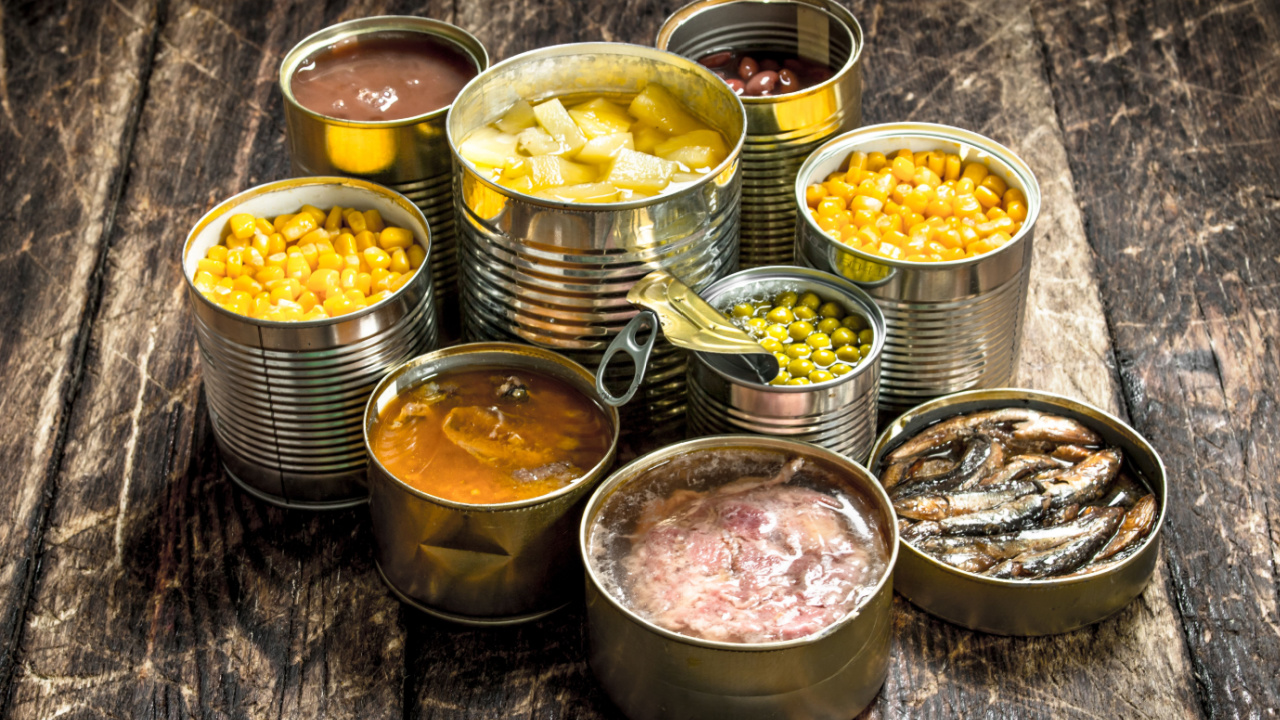
I firmly believe in keeping a well-stocked emergency pantry. While fresh food is ideal, in a survival situation, we may not be that lucky. So, for my family, even though we grow a lot of our own food, canned goods play a crucial role in emergency preparedness. They offer a reliable source of nutrition when access to fresh produce may be limited. The goods you stockpile should be affordable, easy to store, and full of nutrition.
Best Regions in the U.S. to Escape to When Society Collapses

Choosing a refuge in the event of societal collapse involves weighing the pros and cons of each location against your personal preparedness goals and abilities. Whether you’re drawn to the solitude of the desert or the protective heights of the mountains, the key is finding a place that offers safety and the opportunity for growth and renewal.

